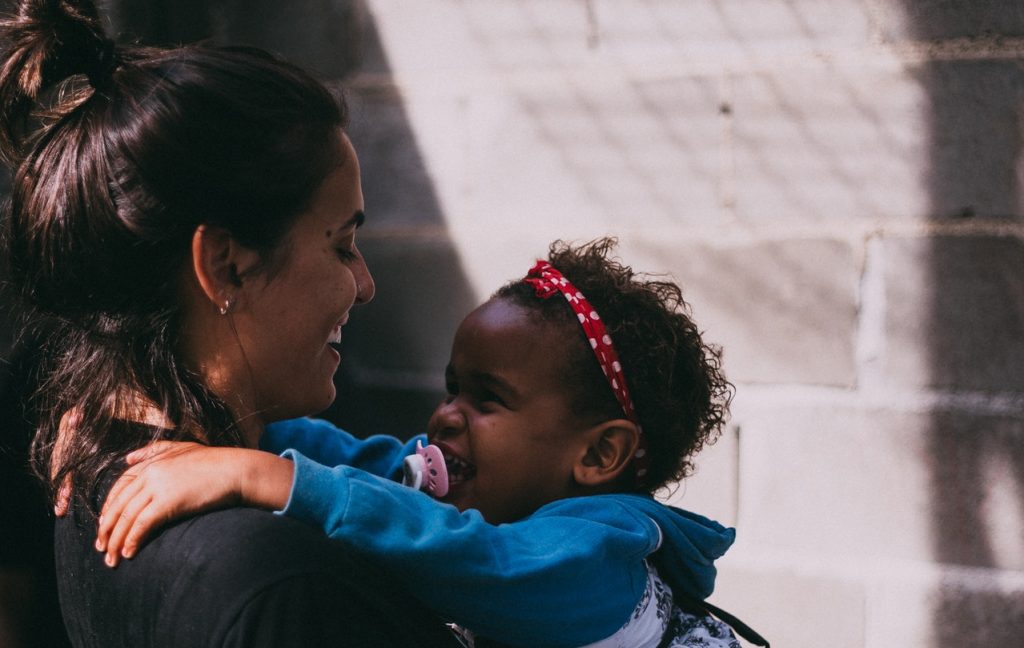Other than child support, separated parents are entitled to a Child Care Benefit (CCB), which is a tax-free benefit offered to qualified families in Canada.
To be eligible, you must fulfill citizenship and residence criteria, be the primary caregiver for a child or be in a shared parenting arrangement as defined by the CRA. When parents live together, the primary caregiver receives CCB payments if they meet the Income Tax Act’s (ITA) eligibility requirements.
The maximum payment for children under the age of six is $6,833 per year ($569.41 monthly), while the maximum benefit for children from six to seventeen is $5,765 per year ($480.41 monthly). The amount received is lowered for adjusted family net earnings above $32,028.
This article will explain everything you should know about CCB as separated parents.
After Separation
A parent may occasionally find themselves in a scenario where the other parent incorrectly states that a child is mostly with them or incorrectly reports a shared parenting arrangement.
You may be required to prove the parenting separation agreements or, worse, have your benefit amount lowered while you contest the change. If the other parent files a retroactive parenting claim, the parties may be surprised to discover a CRA debt. Depending on the benefit, this might be rather stressful for parents.
When parents divorce and a child only sees one parent, it is usually a straightforward case to prove. However, when it comes to shared parenting, the waters get murky.
Having a Shared Parenting Agreement
According to the CRA, shared parenting is defined as at least 40% with each parent or “roughly” equal time. The issue is determining how to calculate parenting time. Is it hours or minutes? Is it the day? Does time spent in school count?
The ITA does not guide this calculation. If two separate parents count their time differently, the findings may disagree. In this case, parents may be required to substantiate their parenting arrangement to CRA.
Proving a Parenting Agreement
The CRA does its own parenting time analysis, and many parents are astonished to hear that a Separation Agreement or Court Order alone may not be sufficient. The CRA outlines various items that a parent might provide as evidence of the parenting arrangement in addition to an Agreement or Order. Here are some proofs the CRA can accept:
- A Letter from the Nursery or School: The CRA will accept a letter from the child’s daycare or school with the child’s contact details. They will also take a child’s report card, school enrollment form, or emergency contact information.
- A Letter from a Family Doctor or Dentist: Parents may also send a note from the doctor or dentist certifying that the child is under their care and stating who the child lives with. However, problems frequently occur when healthcare practitioners are hesitant to become involved in what they may perceive to be a “custody dispute.”
- A Registration Form or Receipt of the Child’s Enrollment: The CRA will accept a registration form or a receipt from an activity in which the child participated, but this may not be evidence of shared parenting and may merely be a financial arrangement.
Conclusion
There is no simple solution to the difficulty many parents will confront until the ITA issues more comprehensive and suitable legal guidance that better matches family unit norms today.
While the rules governing shared parenting are far from perfect, making an effort to negotiate a Parenting Agreement in advance of your separation could help you to avoid the pitfalls described above.
Do you need help with separation agreements in Langley? Dreyer and Associates Lawyers LLP has diverse experience across family law, wills, estates, and residential conveyancing. Get a consultation today!





